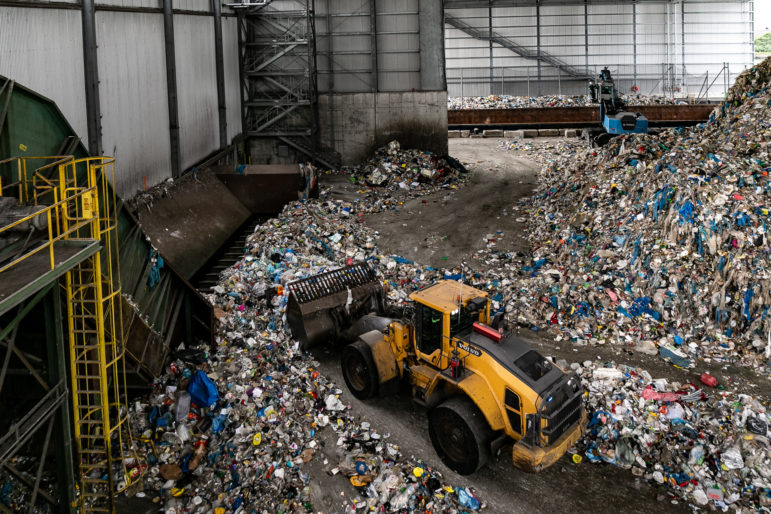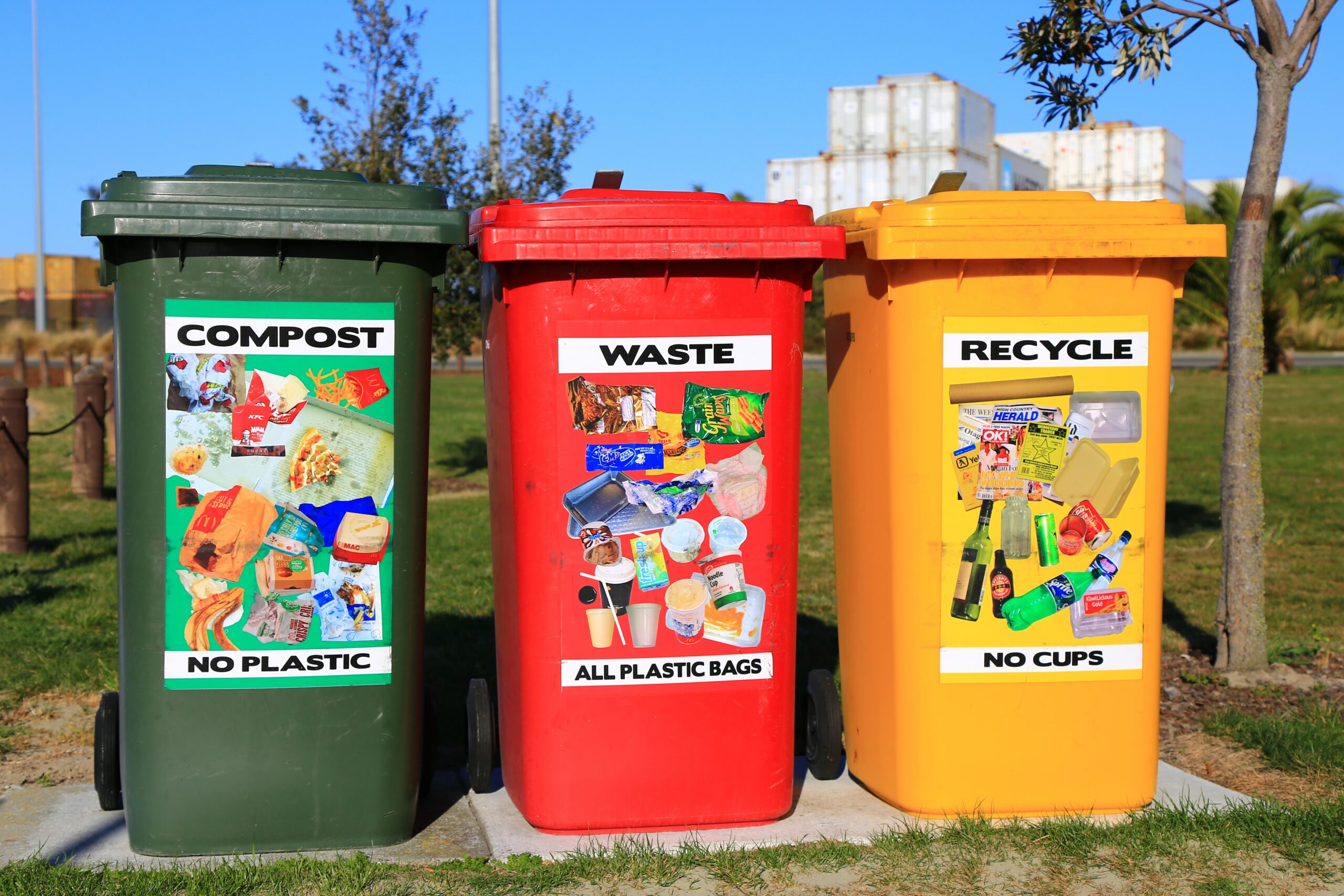Get Included with Recycling Lives Services for a Greener Future
Get Included with Recycling Lives Services for a Greener Future
Blog Article
Discovering Different Sorts Of Waste in Modern Waste Management Systems
The contemporary landscape of waste management includes navigating a complex variety of waste kinds, each requiring specialized handling and disposal techniques to alleviate environmental influences. Community solid waste, contaminated materials, electronic waste, and organic waste each existing unique difficulties and opportunities for source recuperation. Ingenious services such as wise waste bins and waste-to-energy technologies are emerging as crucial tools in boosting performance and sustainability. Comprehending these waste types is necessary for promoting public recognition and motivating active participation in sustainable practices. What techniques can effectively address these diverse kinds of waste while promoting a round economic situation?
Community Strong Waste
Municipal strong waste, typically described as home garbage or waste, encompasses a variety of disposed of materials generated by household, business, and institutional resources within a municipality. This waste stream typically consists of products such as product packaging, food scraps, lawn trimmings, paper, plastics, textiles, and thrown out house goods. The monitoring of municipal solid waste is a crucial part of urban planning and public health, necessitating reliable collection, transportation, and disposal systems.
Reliable waste administration systems are designed to minimize ecological influence while making the most of resource recuperation. Composting organic waste, such as food scraps and backyard trimmings, not only lowers land fill usage yet additionally creates valuable soil changes.
Communities must also deal with the logistical and financial challenges related to waste management. Applying pay-as-you-throw systems, enhancing public awareness, and buying technology can substantially enhance waste diversion prices. By integrating these practices, towns can promote sustainable areas, minimize greenhouse gas emissions, and preserve natural deposits.
Contaminated Materials

Efficient contaminated materials monitoring entails a number of essential actions: identification, disposal, segregation, and treatment. Recognition entails the category of waste based upon its hazardous homes. Segregation makes certain that unsafe materials are stored independently from non-hazardous waste to stop cross-contamination. Treatment approaches, such as chemical neutralization, incineration, and stablizing, are employed to minimize the toxicity, volume, or flexibility of the waste. Disposal options, including safe and secure land fills and below ground storage space, are selected to ensure long-term control.
Governing frameworks, such as the Source Preservation and Healing Act (RCRA) in the USA, offer standards and requirements for harmful waste administration. Adherence to these regulations, paired with improvements in waste treatment technologies, is necessary in mitigating the dangers connected with contaminated materials.
Digital Waste
Electronic waste, typically referred to as e-waste, represents a rapidly expanding challenge in waste administration systems internationally. This kind of waste encompasses disposed of digital tools and tools such as Read Full Article smart devices, computers, tvs, and other electronic home appliances. The quick rate of technical advancement, paired with lowering product life-spans and consumer demand for the current gadgets, has actually tremendously boosted the quantity of e-waste created yearly.
E-waste is especially problematic due to its complicated composition, frequently consisting of hazardous substances like lead, mercury, and cadmium, which posture substantial ecological and health and go to my site wellness threats otherwise appropriately handled. Conversely, e-waste also has important products such as silver, copper, and gold, which can be recouped and reused. The twin nature of e-waste-- both valuable and dangerous-- requires customized handling, reusing, and disposal procedures.
Efficient e-waste management entails stringent governing frameworks, durable collection systems, and advanced reusing modern technologies. Public awareness and participation are critical, as incorrect disposal methods, such as unlawful dumping and casual recycling, worsen environmental contamination and carcinogen. Boosting e-waste management techniques is important for reducing ecological impact and recovering important resources in a progressively digital world.

Organic Waste
Organic waste, making up cooking area scraps, lawn trimmings, and agricultural residues, stands for a significant section of the global waste stream. This sort of waste is eco-friendly, implying it can be damaged down by bacteria right into less complex natural compounds. Regardless of its capacity for natural decomposition, incorrect monitoring of natural waste can result in damaging environmental influences, including the discharge of greenhouse gases such as methane, which contribute to environment modification.
Efficient monitoring of organic waste is critical for lessening these environmental impacts (recycling lives services). Composting is news a widely adopted technique, changing organic waste right into nutrient-rich compost that can enhance soil health and agricultural efficiency. In addition, anaerobic digestion is an emerging technology that converts organic waste into biogas, an eco-friendly energy resource, and digestate, which can be made use of as fertilizer
Municipalities and waste monitoring entities need to apply robust natural waste collection and treatment programs to make the most of the benefits of these processes. Public education campaigns can additionally play a critical function in motivating families and companies to different organic waste from other sorts of waste. By prioritizing the management of natural waste, cultures can decrease garbage dump use, reduced greenhouse gas exhausts, and develop important results for agricultural usage.
Innovative Waste Monitoring
In the realm of waste administration, ingenious techniques are transforming how societies manage their refuse, aiming for sustainability and efficiency. One famous technology is the application of smart waste bins equipped with sensors that monitor fill levels and optimize collection courses.
Another notable growth is the fostering of waste-to-energy (WtE) innovations. By converting non-recyclable waste into usable energy through procedures such as incineration and anaerobic food digestion, WtE reduces garbage dump problem and offers a renewable resource source. Furthermore, innovations in chemical recycling permit the malfunction of complex plastics right into their initial monomers, making it possible for the development of brand-new, high-quality plastic products.
In addition, the circular economic situation version is acquiring grip, highlighting the design of products and systems that focus on reusability and source effectiveness. This all natural technique encourages industries to minimize waste generation from the start. Via these innovative strategies, modern-day waste monitoring systems are not just addressing the immediate difficulties of waste disposal yet likewise leading the way for an extra sustainable future.
Conclusion
A comprehensive understanding of municipal solid waste, contaminated materials, electronic waste, and natural waste, combined with the implementation of cutting-edge waste management options, is vital for alleviating environmental influences. Incorporating technologies such as clever waste containers and waste-to-energy systems can boost efficiency and sustainability. Efficient waste administration strategies not only foster source recovery but likewise advertise public understanding and participation, ultimately adding to the development of a circular economy.
The modern landscape of waste administration involves navigating a complex variety of waste types, each requiring specialized handling and disposal techniques to reduce environmental impacts. Community strong waste, dangerous waste, electronic waste, and organic waste each existing distinctive obstacles and chances for source recovery.Electronic waste, frequently referred to as e-waste, stands for a swiftly expanding challenge in waste management systems internationally. Through these cutting-edge methods, modern-day waste administration systems are not only dealing with the instant obstacles of waste disposal but also leading the method for an extra lasting future.
A comprehensive understanding of community solid waste, harmful waste, electronic waste, and natural waste, combined with the implementation of innovative waste monitoring options, is critical for mitigating environmental effects. (recycling lives services)
Report this page